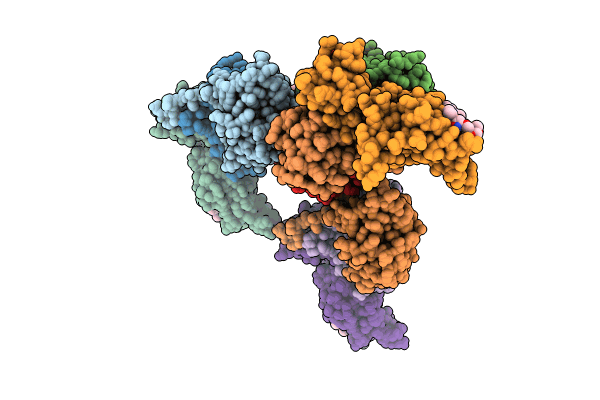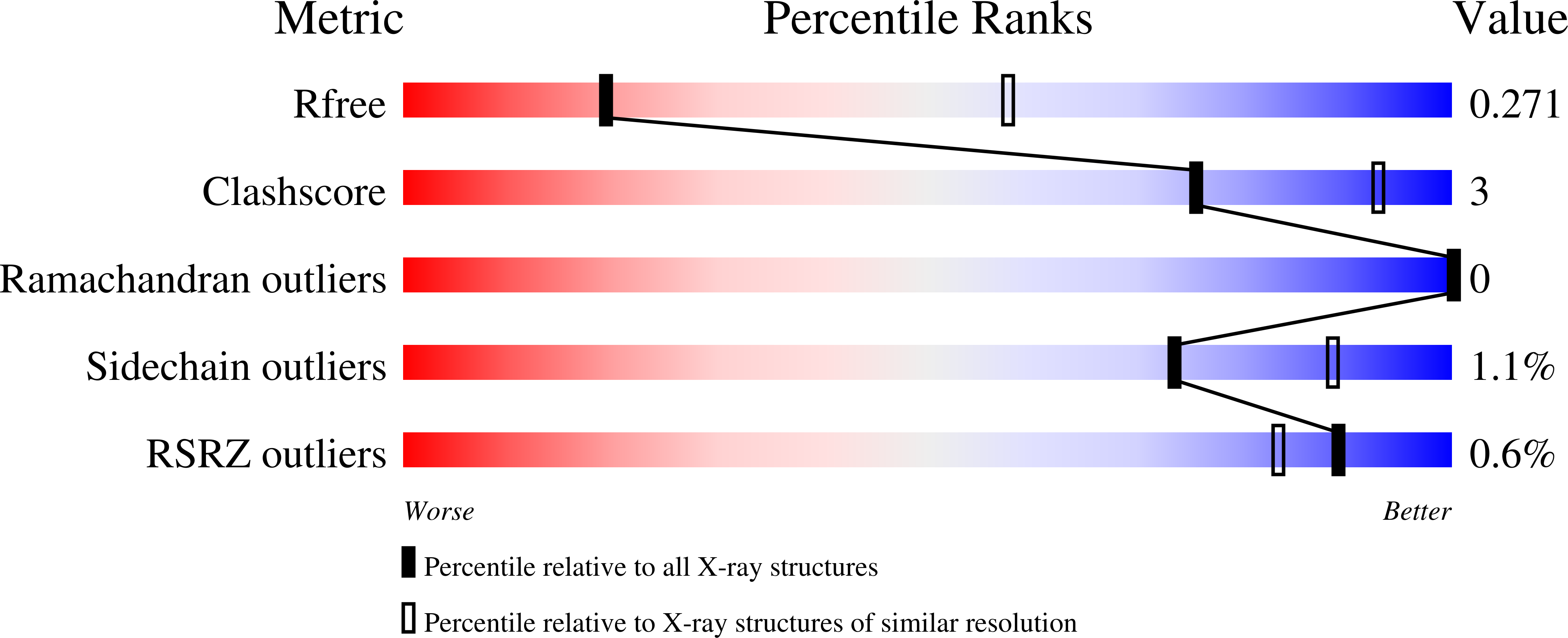
Deposition Date
2023-09-13
Release Date
2024-01-17
Last Version Date
2024-02-07
Method Details:
Experimental Method:
Resolution:
3.19 Å
R-Value Free:
0.27
R-Value Work:
0.25
R-Value Observed:
0.25
Space Group:
P 41 2 2


